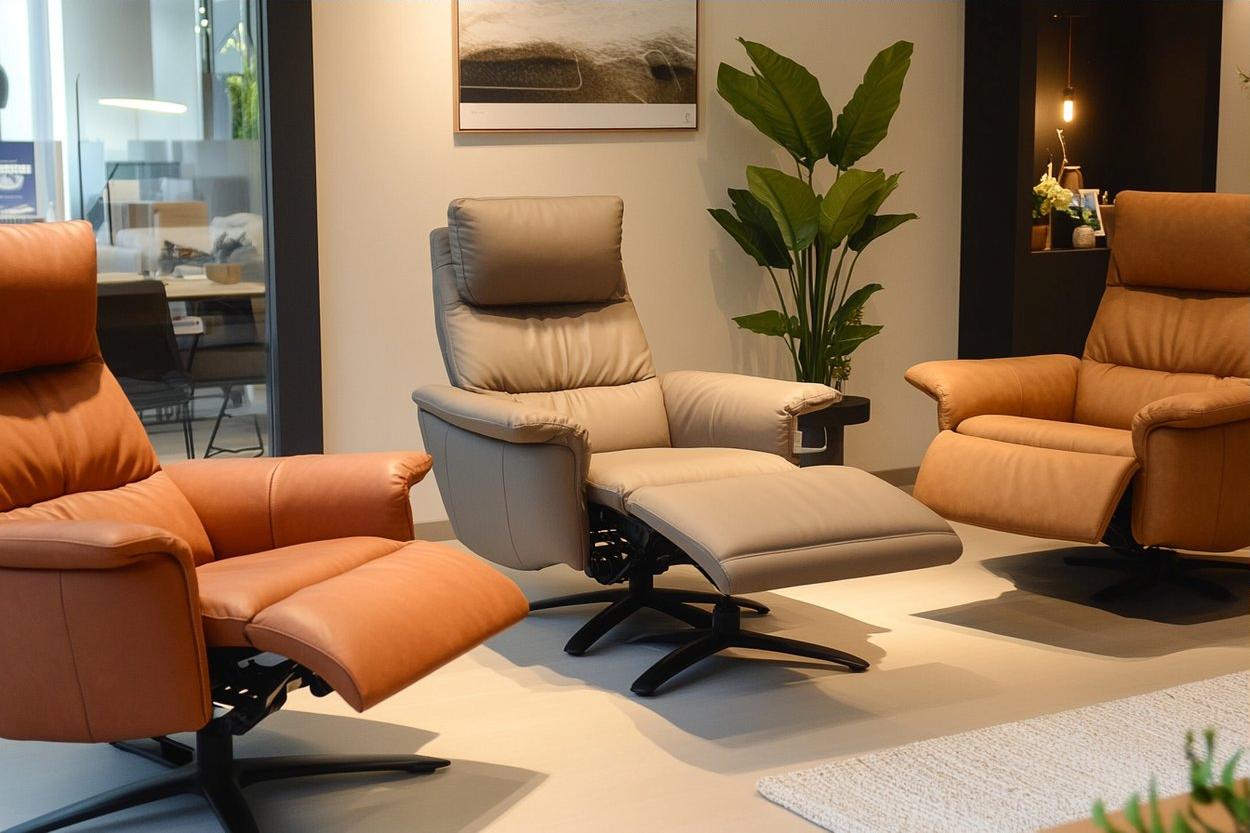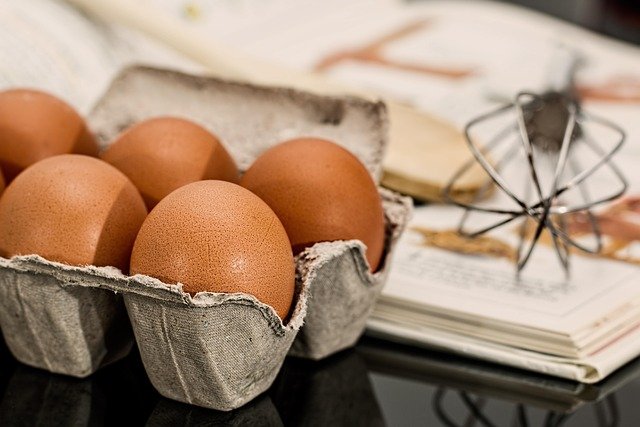The Allure of Wabi-Sabi in American Home Design
Embracing imperfection and finding beauty in the worn, Wabi-Sabi design philosophy is captivating American homeowners. This ancient Japanese aesthetic, rooted in simplicity and authenticity, offers a refreshing counterpoint to the polished perfection often sought in modern interiors. As we explore this growing trend, we'll uncover how Wabi-Sabi is reshaping the way we view our living spaces and the objects within them.

The Essence of Wabi-Sabi
At its core, Wabi-Sabi embraces three simple truths: nothing lasts, nothing is finished, and nothing is perfect. This philosophy encourages us to find beauty in the flaws and imperfections that make each object unique. In home design, this translates to an appreciation for natural materials, handcrafted items, and pieces that show signs of age and use.
Wabi-Sabi interiors often feature a neutral color palette, with earthy tones and muted hues that evoke a sense of calm and tranquility. Textures play a crucial role, with rough-hewn wood, unglazed ceramics, and natural fibers taking center stage. The overall effect is one of understated elegance and lived-in comfort.
Incorporating Wabi-Sabi Elements in American Homes
As more Americans seek to create spaces that feel authentic and grounded, Wabi-Sabi offers a compelling framework for home design. Here are some ways this aesthetic is being interpreted in U.S. interiors:
-
Embracing natural materials: Homeowners are opting for raw, unfinished wood surfaces, stone countertops with visible veining, and handmade tiles with slight irregularities. These materials age beautifully, developing patina and character over time.
-
Celebrating handcrafted items: There’s a growing appreciation for artisanal pieces, from hand-thrown pottery to woven textiles. These items bring a sense of warmth and individuality to a space.
-
Incorporating asymmetry: Perfect symmetry is eschewed in favor of more organic, balanced arrangements. This might mean mismatched dining chairs or an intentionally off-center art piece.
-
Emphasizing negative space: Wabi-Sabi interiors often feature plenty of empty space, allowing each carefully chosen object to breathe and be appreciated fully.
-
Bringing nature indoors: Plants, branches, and natural found objects are used as decor, reinforcing the connection to the natural world.
The Psychology Behind Wabi-Sabi’s Appeal
The rise of Wabi-Sabi in American homes reflects a broader cultural shift towards mindfulness and authenticity. In a world dominated by digital perfection and curated social media feeds, there’s a growing desire for spaces that feel real and lived-in.
Psychologists suggest that Wabi-Sabi interiors can have a positive impact on mental well-being. The emphasis on imperfection can help alleviate the pressure to maintain a flawless home, reducing stress and anxiety. Moreover, the focus on natural materials and textures can create a more grounding, sensory-rich environment, which has been linked to reduced stress levels and improved mood.
Wabi-Sabi and Sustainable Living
One of the most compelling aspects of Wabi-Sabi for American homeowners is its alignment with sustainable living practices. By valuing items that age well and improve with use, this philosophy encourages a move away from disposable culture towards more sustainable consumption patterns.
Wabi-Sabi interiors often feature vintage or antique pieces, celebrating their history and patina. This approach not only reduces waste but also adds depth and character to a space. Additionally, the emphasis on natural, minimally processed materials aligns with growing concerns about chemical exposure in the home.
Challenges and Considerations
While Wabi-Sabi offers a refreshing approach to home design, it’s not without its challenges in the American context. The aesthetic can be misinterpreted as simply messy or unkempt, missing the intentionality that underpins true Wabi-Sabi design. There’s also a risk of cultural appropriation if the philosophy is adopted superficially without understanding its deeper meanings.
Designers and homeowners interested in embracing Wabi-Sabi must strike a balance between honoring the philosophy’s Japanese roots and adapting it to an American context. This might involve blending Wabi-Sabi elements with existing design styles or finding ways to incorporate locally sourced materials and crafts that embody the Wabi-Sabi spirit.
The Future of Wabi-Sabi in American Design
As the appeal of Wabi-Sabi grows, we’re likely to see its influence expand beyond individual homes to shape broader design trends. Some predictions for the future of Wabi-Sabi in American interiors include:
-
A revival of traditional crafts: The appreciation for handmade items may lead to increased support for local artisans and a resurgence of traditional American crafts.
-
New interpretations of luxury: The definition of luxury may shift from perfection and opulence to rarity and authenticity, with one-of-a-kind, imperfect pieces becoming highly prized.
-
Evolving architectural trends: We may see more homes designed with Wabi-Sabi principles in mind, featuring natural, unfinished materials and spaces that age gracefully.
-
Integration with technology: As smart home technology becomes ubiquitous, we might see innovative ways to blend these modern conveniences with Wabi-Sabi aesthetics, perhaps through more organic, tactile interfaces.
The growing interest in Wabi-Sabi represents more than just a passing trend in American home design. It reflects a deeper shift in values, emphasizing authenticity, mindfulness, and a reconnection with the natural world. As we continue to grapple with the challenges of modern life, the simple, grounding principles of Wabi-Sabi offer a compelling vision for our living spaces—one that celebrates the beauty of imperfection and the richness of a well-lived life.





